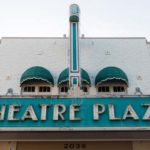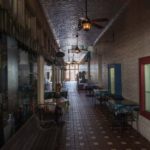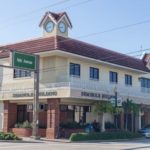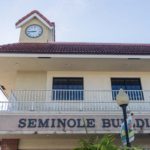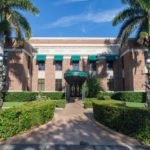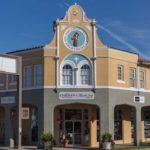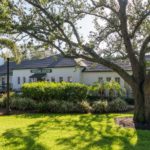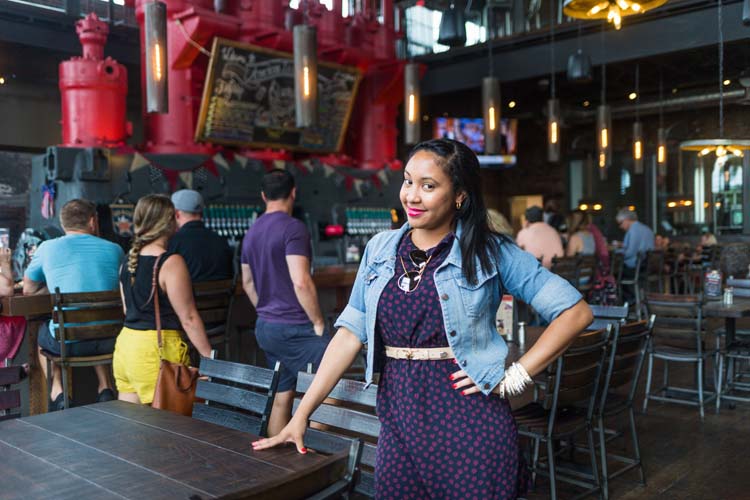
Florida’s statewide Main Street conference will be held in Vero Beach July 30 through Aug. 1, and local Main Street CEO Katherina Paliwoda hopes the gathering will generate interest in local architectural jewels that are ripe for renovating and repurposing as economically vital structures.
The three-day conference will hold events in well-preserved historic buildings such as the Heritage Center, the Indian River Citrus Museum and the Old Indian River Courthouse to highlight Vero’s architectural heritage, and will open with lectures on American Icon Brewery, an exemplar of an economically-vital repurposed historic building.
Developer Michael Rechter bought the handsome but long-neglected 1926 building located at 1246 19th St. from the city two years ago, undertook extensive renovations and opened a successful restaurant and brewery in the former electric power plant last fall.
State Historic Architect Richard Hilburn will explain how Rechter secured Federal Historic Tax Credits for renovation in accordance with the Secretary of the Interior’s Standards and Guidelines. Rechter will speak next, revealing his business-savvy strategies that drive traffic to American Icon as well as other businesses he’s created in revitalized buildings.
The former diesel-electric power plant is the oldest city-government building in Vero and was central to the city’s development, according to documents filed in 1999, when the building was placed on the National Register of Historic Places. Indian River Historical Society President Ruth Stanbridge and Historic Preservationist Supervisor Barbara Mattick did the research to establish the building significance.
In the history of Vero, the Florida East Coast Railroad came first, making the area accessible in 1897, with a station added in 1903. A group of investors from the Midwest, organized as the Indian River Farms Company, bought and drained thousands of acres in what is now Indian River County, creating the existing canal network and bringing in citrus growers and other farming enterprises, with winter vegetables being the second-biggest crop.
The company incorporated a small area close to the tracks as Vero in 1919, and in 1920 the town bought a private power plant, moving the equipment to a shed-like building on the American Icon Brewery site.
To foster further growth, Vero citizens agreed to a tax to fund construction of a bridge to the island, which was completed in 1920. Island annexation into the city followed, the expansion warranting a name change and second incorporation as Vero Beach in 1925.
With continued growth, more electricity was needed to power the town, and Vero issued a bond for $100,000 to pay $38,000 for a new power plant building and $58,000 for another diesel engine.
The building was built of structural steel, reinforced concrete and brick, documents referring to the architectural style as “masonry vernacular.” A third of the wooden roof blew off in the Aug. 8, 1928, hurricane and was replaced with a steel-reinforced slab, which had been specified in the original design but not followed to keep the cost within the bond limit.
An electric power plant next to a railroad was a smart combination that soon drew four major fruit and vegetable packing houses to blocks near the plant.
“Vero Beach was also chosen as a site for a World War II naval air training facility because it could offer the electrical energy needed to house thousands of recruits,” according to civic documents, a second attraction to the military being the city’s 1927 airfield.
When the diesel-electric power plant reached capacity in 1958, the city built “Big Blue,” the steam-electric power plant on the river that is on the verge of being sold to Florida Power and Light. Vero kept the diesel engines in 19th Street plant in working order until 1994 as a back-up power source.
Eventually, all but one of the six massive engines were sold to third-world countries. Rechter cleaned up the remaining 1937 engine and made it the centerpiece of the bar at his restaurant and brewery.
Paliwoda said Rechter’s renovation and “adaptive reuse [of the historic building] into a modern business a younger generation can appreciate – a local brewery – helped create a trend of fewer vacancies downtown. Within the last couple of months, the downtown has had at least four new businesses open.”
Main Street Vero Beach (MSVB) is a nonprofit affiliated with the Florida Main Street program, which is part of the State Division of Historical Resources and a member of the National Main Street Center, a subsidiary of the National Trust for Historic Preservation.
The national Main Street organization was created in 1980 by the National Trust for Historic Preservation to staunch the flight of businesses and residents to the suburbs, which was leaving downtowns blighted and deserted.
The local chapter, founded in 1998, has had its ups and downs. “A couple years ago it was close to being dissolved,” Paliwoda said. “During the economic downturn, the focus was on events to keep it afloat, but I want to get back to basics, historic preservation.”
A Main Street devotee, Paliwoda earned a master’s degree from Goucher College in Baltimore in historic preservation, writing her thesis on Main Street. She worked at the Florida Main Street for four years before coming to Vero.
Photos by: Gordon Radford
Click HERE to see more or buy photos
- Katherina Paliwoda poses for a portrait at American Icon Brewery on 7/5/2018.


